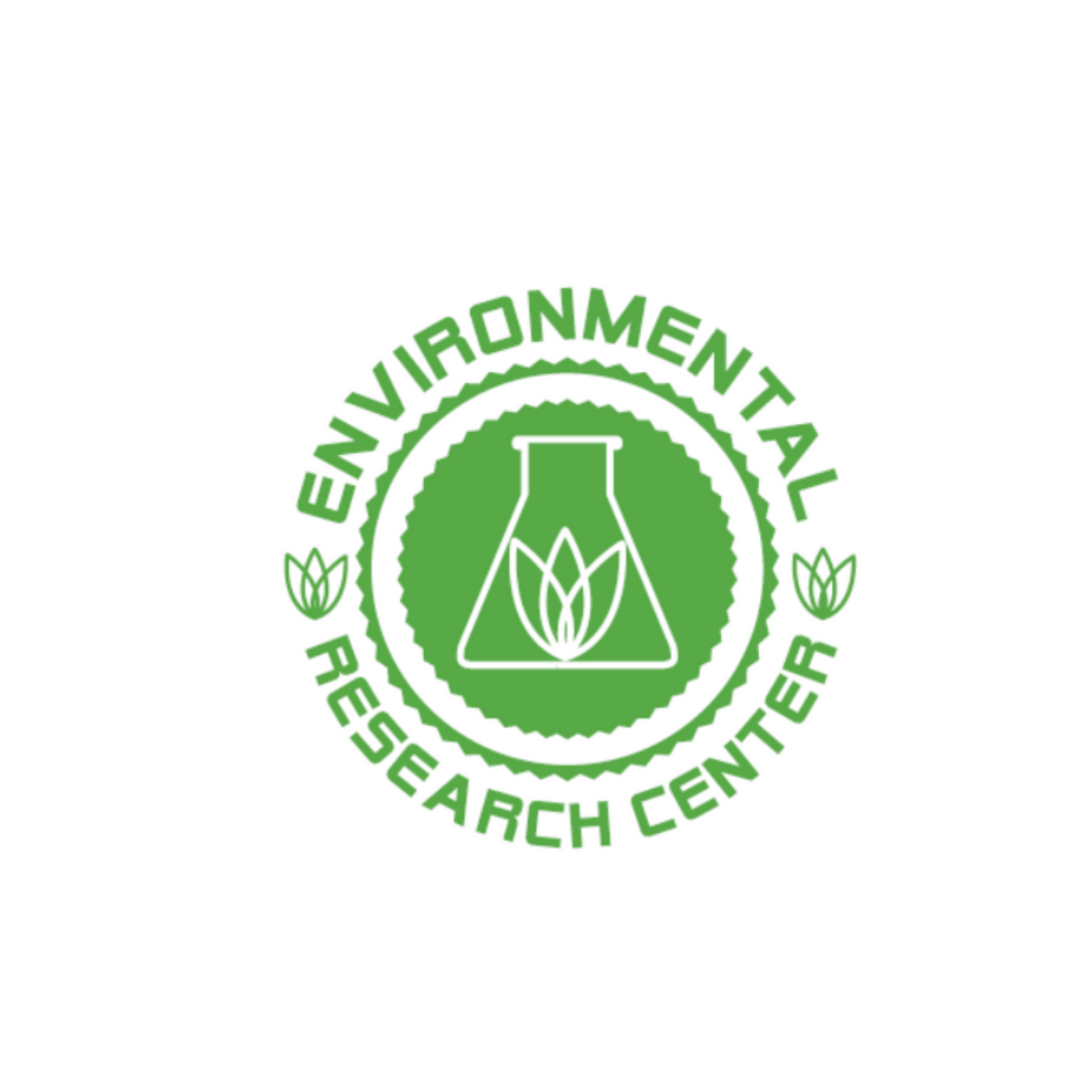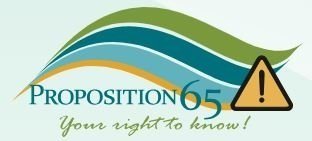
Key Takeaways from the Proposition 65 Conference 2024
Proposition 65 Annual Conference, September 2024
The Proposition 65 Annual Conference took place in San Francisco on September 23, 2024. Over 100 people attended, including attorneys, scientists, manufacturers, journalists, and officials from the OEHHA (Office of Environmental Health Hazard Assessment). The program featured six panels discussing key issues related to California's Proposition 65 law.
This year's conference focused mainly on chemical testing and product defense, particularly regarding PFAS (per- and polyfluoroalkyl substances) and exposure concerns. It also covered proposed changes to Proposition 65 warnings. This blog highlights the main points from the conference.
Panel sessions addressed the following topics:
Testing and defending PFAS in products
Proactive and reactive analytical testing
California’s proposed short and long-form warnings
Calculating exposure in foods
Key recommendations for manufacturers, from the plenary sessions included:
Know your laboratory, your toxicologist, and your consultant well
Have a testing plan and priorities; and communicate with your lab
Robust dialogue with your suppliers
Have indemnification provisions
New Product Testing: Proactive vs. Reactive Analytical Testing
The Round Table discussed “when and how to test a product”, based on product content and exposure: what is natural in the product, what information is available, what is reasonably anticipated by use or user, and testing appropriately for the product. PFAS testing is underway at this time, using analytical methods.
Reasons for testing early were to support product stewardship and regulatory compliance; support non-detection defense; respond to retailer requests; or refute supplier requests. The panel discussed a testing approach of selected samples: setting an applicable safe harbor level, is there a detection limit, and is the analytical method successfully applied.
Analytic forms of testing were described as Suppressive (Actual/Low value); Additive (High Measure/actual value) and Neutralizing (Actual / False negative).
Testing processes may result in the Matrix Effect – “Something that is affecting what you are looking for”. The matrix in chemical analysis refers to the components of a sample other than the subject chemical, which would be PFAS in this instance.
Proposition 65, officially known as the “Safe Drinking Water and Toxic Enforcement Act,” was a ballot initiative that was approved by California voters and became state law in November 1986. It was created with the primary goal of addressing Californians’ increasing concerns regarding exposure to harmful and potentially toxic chemicals in everyday products and environments. The law and its accompanying regulations mandate that clear warnings be provided on products containing chemicals that the Proposition 65 administrators have scientifically identified and formally “listed” as hazardous to human health, thereby helping consumers make informed decisions to protect their well-being.


